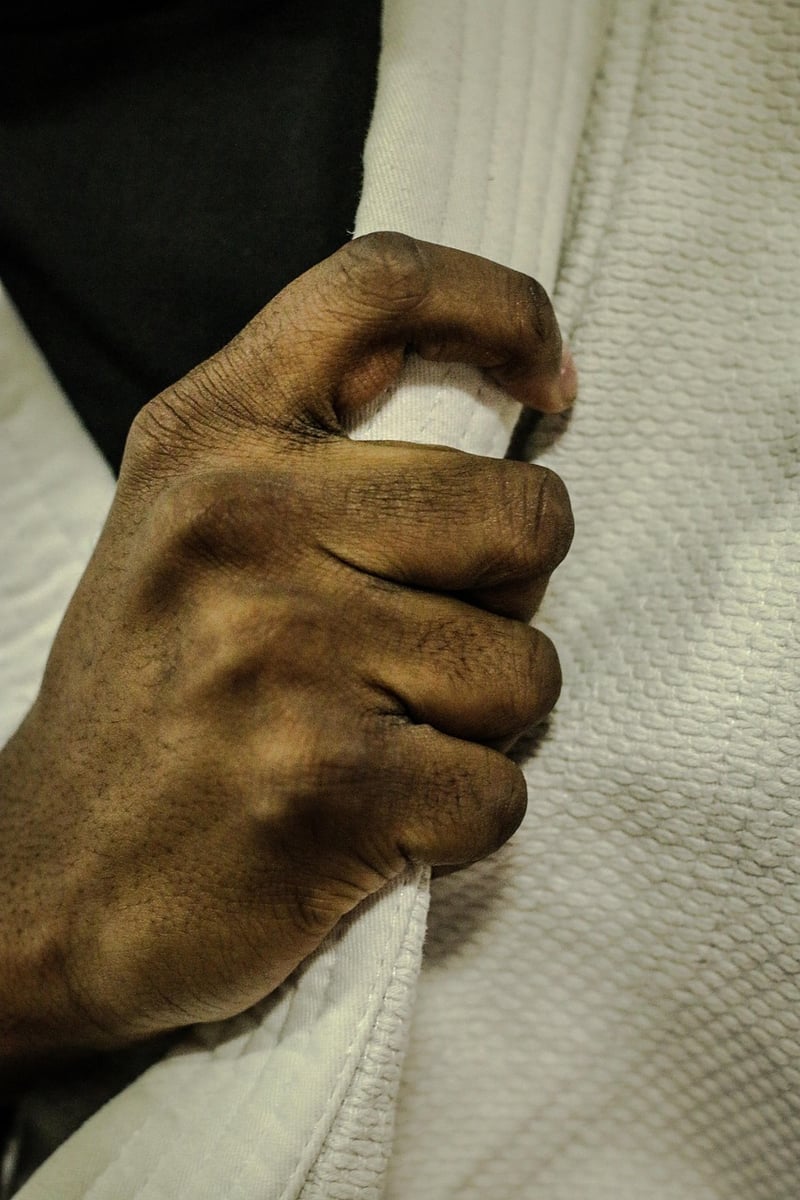Jiu-Jitsu
The Art of Discipline and Self-Defense: A Guide to Jiu-Jitsu Techniques
When it comes to self-defense, having the right skills and mindset is crucial. One martial art that not only teaches self-defense techniques but also instills discipline is Jiu-Jitsu. Originating from Japan, Jiu-Jitsu has evolved into various forms, with Brazilian Jiu-Jitsu being one of the most popular styles practiced worldwide.
The Importance of Discipline in Self-Defense
Discipline is the foundation of any martial art, including Jiu-Jitsu. It teaches practitioners to stay focused, control their emotions, and act calmly in stressful situations. By developing discipline, individuals can effectively apply self-defense techniques and make informed decisions under pressure.
Key Self-Defense Techniques in Jiu-Jitsu
Jiu-Jitsu emphasizes leverage, technique, and timing over brute strength, making it suitable for people of all ages and sizes. Some key self-defense techniques in Jiu-Jitsu include:
- Joint locks: Applying pressure to joints to control or neutralize an attacker.
- Chokes: Restricting an opponent's airflow to force them to submit.
- Escapes: Techniques to free oneself from unfavorable positions.
- Takedowns: Moves to take an opponent to the ground safely.
Benefits of Practicing Jiu-Jitsu
Aside from self-defense skills, practicing Jiu-Jitsu offers a range of benefits, including:
- Improved fitness and flexibility
- Enhanced problem-solving skills
- Boosted self-confidence and self-esteem
- Stress relief and mental well-being
Experience the Power of Jiu-Jitsu
Whether you are looking to learn self-defense, improve your fitness, or develop discipline, Jiu-Jitsu offers a holistic approach to personal growth. Join a Jiu-Jitsu school near you and embark on a journey of self-discovery and empowerment through this ancient martial art.

Begin your Jiu-Jitsu journey today and unlock your full potential!
For more information on Jiu-Jitsu and self-defense techniques, visit Jiu-Jitsu Times.
